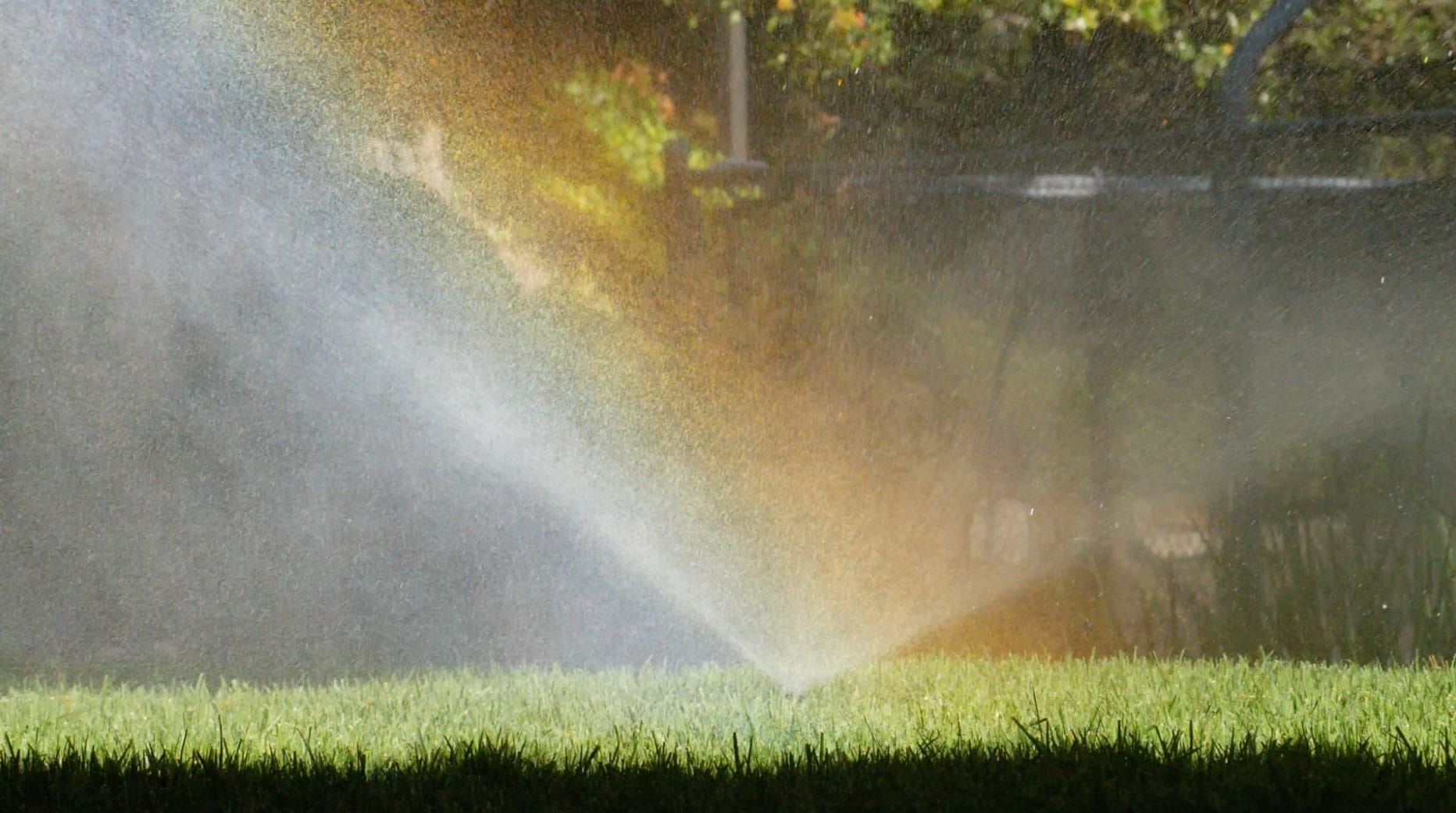As the weather cools and the leaves start falling, you may wonder if your lawn still needs watering. After all, summer’s over — isn’t it time to turn the sprinklers off?
Not so fast.
Fall is actually a really important time to keep your lawn hydrated, especially if you’ve done any seeding, fertilizing, or are trying to help your grass recover from a rough summer. If you live on Long Island, understanding how and when to water in the fall can make a big difference in how your lawn looks come spring.
Let’s break it down.
Fall Watering: Is It Still Necessary?
Absolutely — at least for a little while longer.
Grass on Long Island, especially cool-season varieties like fescue and Kentucky bluegrass, doesn’t go dormant right away in the fall. In fact, early fall is prime time for root growth. If you stop watering too soon, your lawn might not get the boost it needs before winter sets in.
Keeping your lawn watered in the fall helps with:
- Supporting new seed and overseeding
- Helping fertilizer soak in and do its job
- Strengthening roots before winter
- Recovering from summer heat stress
How Often Should You Be Watering?
Once the weather starts to cool, your lawn won’t need nearly as much water — but it still needs some. Here’s a simple rule of thumb:
- Aim for about 1 inch of water per week, including rain
- Water once or twice a week, in the early morning
- Avoid watering at night to prevent fungus and disease
- Start tapering off as nighttime temps drop below 50°F
If you’ve had a lot of rain recently, you can skip watering altogether. A rain gauge or soil moisture sensor can help you avoid overdoing it.
Want more watering advice? Check out our watering tips for your irrigation system
Watering New Seed? It’s a Must
If you’ve recently overseeded or laid down new seed, watering is essential. Grass seed needs consistent moisture to germinate — dry soil will stop the process cold.
For the first couple of weeks after seeding:
- Water lightly once or twice a day to keep the top layer damp
- After germination, transition to deeper, less frequent watering
- Avoid puddling or runoff, which can wash seed away
Don’t Skip Watering After Fertilizing
Fall is one of the best times to fertilize your lawn — but without water, the nutrients won’t get where they need to go. Lightly watering after fertilizing helps carry nutrients into the root zone and keeps your grass from burning.
When to Shut Things Down
Eventually, it will be time to turn your irrigation system off for the season. You’ll know it’s time when:
- The grass stops growing and stays the same height after mowing
- Soil temps dip consistently below 50°F
- Freezing temps are in the forecast
Before shutting off your system for the year, be sure to schedule professional winterization. This protects your pipes, valves, and sprinkler heads from freezing and cracking over the winter.
Quick Tips to Wrap Up the Season
Here are a few things you can do now to make sure your lawn heads into winter strong:
- Aerate the soil to help water and nutrients reach the roots
- Clear fallen leaves regularly to prevent smothering and mold
- Lower your mowing height slightly toward the end of fall
- Check your system for leaks or clogs before winter hits
Get a Head Start on Spring
Watering your lawn in the fall might seem unnecessary, but it plays a big role in setting your lawn up for success next year. By giving your grass the hydration it needs now, you’ll see a greener, stronger lawn when spring rolls around.
Need Help With Fall Watering or Winterization?
At Irrigation Solutions, we help homeowners across Long Island keep their sprinkler systems in top shape year-round. Whether you need fall watering adjustments, system repairs, or full winterization, we’ve got you covered.
Reach out today to schedule your fall irrigation service.

